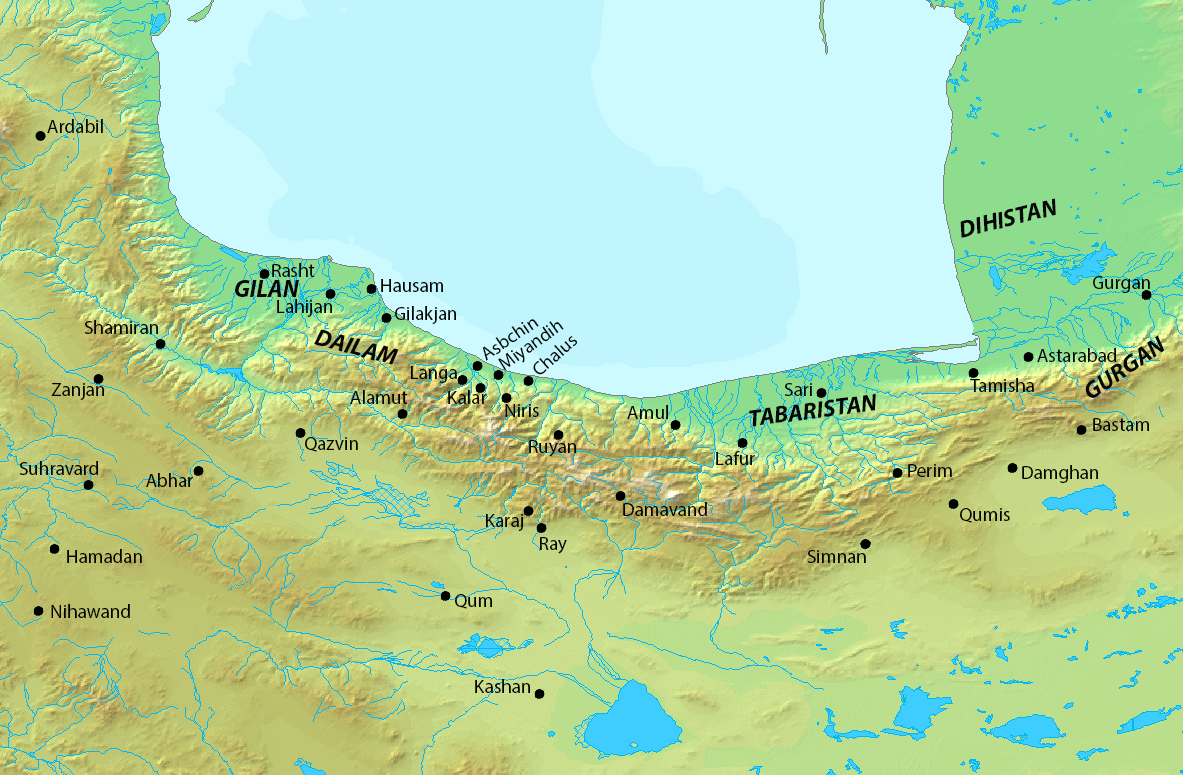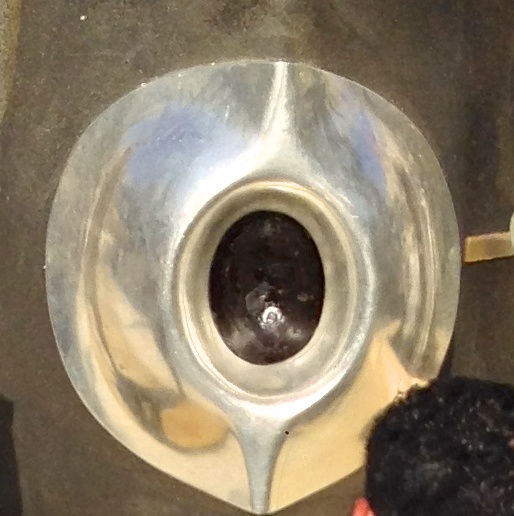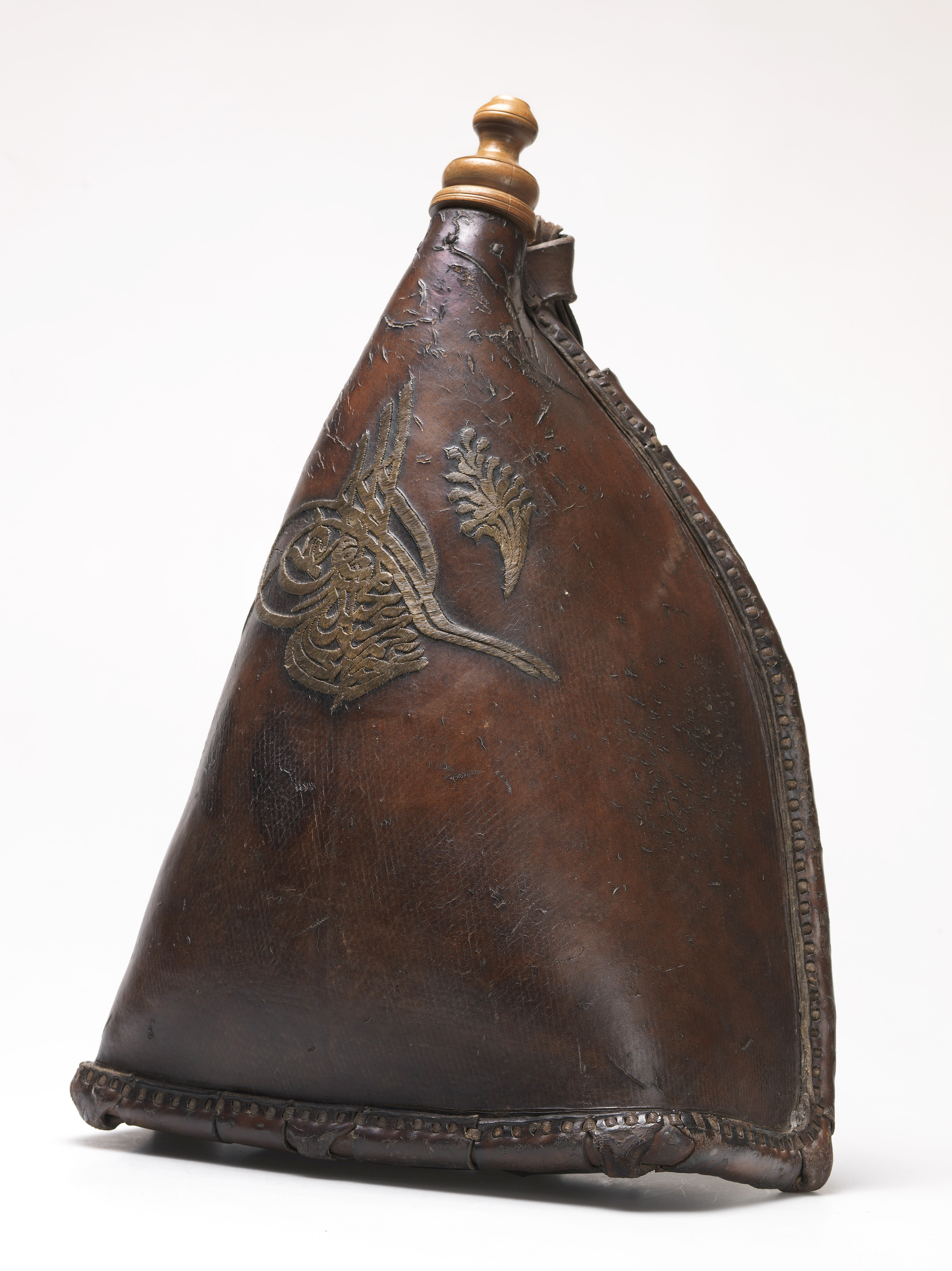|
930 Deaths
Year 930 ( CMXXX) was a common year starting on Friday of the Julian calendar. Events By place Europe * The Althing, the parliament of Iceland, is established at þingvellir ("Thing Fields"). Chieftains from various tribes gather for 2 weeks at a ''thing'' (assembly) to settle disputes, arrange marriages, etc.; it continues in existence into the 21st century, as the world's oldest parliament of the Icelandic Commonwealth. * Bishopwearmouth is formed and settled in the north-east of England, after Æthelstan grants the lands to the Bishop of Durham. * Gilbert, Duke of Lorraine, besieges Douai in West Francia. Arabian Empire * January 11 – Sack of Mecca: The Qarmatians, led by Abu Tahir al-Jannabi, sack Mecca, desecrating the Zamzam Well and carrying off the Black Stone to their homeland in Eastern Arabia. * Mardavij ibn Ziyar is sent by Asfar ibn Shiruya along with his brother Shirzad, to capture the fortress of Shamiran in Tarom (Northern Iran), the capita ... [...More Info...] [...Related Items...] OR: [Wikipedia] [Google] [Baidu] |
Emperor Daigo
was the 60th emperor of Japan,Imperial Household Agency (''Kunaichō'') 醍醐天皇 (60)/ref> according to the traditional order of succession. Daigo's reign spanned the years from 897 through 930. He is named after his place of burial. Genealogy Daigo was the eldest son of his predecessor, Emperor Uda. His mother was Fujiwara no Taneko (or Inshi), daughter of the minister of the center, Fujiwara no Takafuji.Varley, p. 179. He succeeded the throne at a young age after his father, the Emperor Uda, abdicated in 897. His mother died before his ascension, so he was raised by another Uda consort, Fujiwara no Onshi, daughter of the former '' kampaku'' Fujiwara no Mototsune. Daigo's grandfather, Emperor Kōkō, had demoted his sons from the rank of imperial royals to that of subjects in order to reduce the state expenses, as well as their political influence; in addition, they were given the family name Minamoto. As such, Daigo was not born as a royalty and was named Minamoto n ... [...More Info...] [...Related Items...] OR: [Wikipedia] [Google] [Baidu] |
West Francia
In medieval historiography, West Francia (Medieval Latin: ) or the Kingdom of the West Franks () constitutes the initial stage of the Kingdom of France and extends from the year 843, from the Treaty of Verdun, to 987, the beginning of the Capetian dynasty. It was created from the division of the Carolingian Empire following the death of Louis the Pious, with its neighbor East Francia eventually evolving into the Kingdom of Germany. West Francia extended further north and south than modern metropolitan France, but it did not extend as far east. It did not include such future French holdings as Lorraine, the County and Kingdom of Burgundy (the duchy was already a part of West Francia), Alsace and Provence in the east and southeast for example. It also did not include the Brittany peninsula in the west. West Frankish kings were elected by the secular and ecclesiastic magnates, and for the half-century between 888 and 936 candidates from the Carolingian and Robertian houses ... [...More Info...] [...Related Items...] OR: [Wikipedia] [Google] [Baidu] |
Sallarid Dynasty
The Sallarid dynasty (), (also known as the Musafirids or Langarids) was a Muslim dynasty of Daylami origin, which ruled in Tarom, Samiran, Daylam, Gilan and subsequently Azerbaijan, Arran, and some districts in Eastern Armenia in the 2nd half of the 10th century. They constitute part of the period in history that has been named the Iranian Intermezzo, a period that saw the rise of native Iranian dynasties during the 9th to the 11th centuries. Early years The Sallarids were Daylamites who, probably in the later 9th century, gained control of Shamiran, a mountain stronghold about twenty-five miles north of Zanjan. From Shamiran they established their rule over the surrounding region of Tarom. The Sallarids also established marriage ties with the neighboring Justanid dynasty of Rudbar. Muhammad bin Musafir In the early 10th century, the Sallarid in control of Shamiran was Muhammad bin Musafir. He married a Justanid and subsequently involved himself in their internal affair ... [...More Info...] [...Related Items...] OR: [Wikipedia] [Google] [Baidu] |
Iran
Iran, officially the Islamic Republic of Iran (IRI) and also known as Persia, is a country in West Asia. It borders Iraq to the west, Turkey, Azerbaijan, and Armenia to the northwest, the Caspian Sea to the north, Turkmenistan to the northeast, Afghanistan to the east, Pakistan to the southeast, and the Gulf of Oman and the Persian Gulf to the south. With a Ethnicities in Iran, multi-ethnic population of over 92 million in an area of , Iran ranks 17th globally in both List of countries and dependencies by area, geographic size and List of countries and dependencies by population, population. It is the List of Asian countries by area, sixth-largest country entirely in Asia and one of the world's List of mountains in Iran, most mountainous countries. Officially an Islamic republic, Iran is divided into Regions of Iran, five regions with Provinces of Iran, 31 provinces. Tehran is the nation's Capital city, capital, List of cities in Iran by province, largest city and financial ... [...More Info...] [...Related Items...] OR: [Wikipedia] [Google] [Baidu] |
Tarom County
Tarom County () is in Zanjan province, Iran. Its capital is the city of Ab Bar. History The region of Tarom is historically divided into two parts: Upper Tarom and Lower Tarom. Medieval Arabic geographers usually wrote the name as ''aṭ-Ṭārumayn'', or "the two Taroms", reflecting this division. The mountainous Upper Tarom was historically counted as part of Daylam. The name "Tarom" was applied to a right-bank tributary of the Sefid Rud, and the region of Tarom comprised the river and its own tributaries. An important location in Tarom was the castle and town of Semiran, which lay in Lower Tarom on the main highway leading to Sarab. The castle crowned a rocky mount above the lower town and had triple walls. Ibn Muhalhal visited here 943 and wrote that it was one of the main strongholds of the Daylamite kings and had about 2,850 houses. The Buyid amir Fakhr al-Dawla captured Semiran in 989 from the Vahsudan dynasty. Al-Muqaddasi wrote about the same time tha ... [...More Info...] [...Related Items...] OR: [Wikipedia] [Google] [Baidu] |
Asfar Ibn Shiruya
Asfar ibn Shiruya ( Gilaki/: died 931) was an Iranian military leader of Gilaki origin, active in northern Iran (esp. Tabaristan and Jibal) in the early 10th century. He played a major role in the succession disputes of the Alids of Tabaristan, and managed to establish himself as the ruler of Tabaristan and northern Jibal briefly from 928 to 930. Name ''Asfār'' is a local Caspian form of Middle Persian ''aswār'', which means "rider, cavalryman". The New Persian form of the word is ''savār''. Biography Background and early life A native of Lahijan, Asfar belonged to the Gilaki clan of Varudavand, and was the son of a certain Shiruya (Sheroe). Asfar had a brother named Shirzad, and grew up in an environment where "Iranian culture, memories of the glories of the Iranian Empire, were alive among them." Like many other Gilakis and Daylamites, Asfar was not a Muslim—he was in fact a nationalist, who loathed Arab rule and admired the Iranian Empire. According to the 10th-centur ... [...More Info...] [...Related Items...] OR: [Wikipedia] [Google] [Baidu] |
Mardavij
Mardavij ( Gilaki/, meaning "man assailant") was an Iranian prince, who established the Ziyarid dynasty, ruling from 930 to 935. Born to a Zoroastrian family native to Gilan, Mardavij sought to establish a native Iranian Zoroastrian empire akin to the Sasanian Empire that had been conquered in the 7th century by the Rashidun Caliphate and subsequently ruled by Muslims. He first started his career by joining the army of his kinsman Asfar ibn Shiruya. Mardavij, however, later betrayed and killed him, conquering much of Jibal. He then set out to conquer Hamadan, Dinavar and Isfahan from the Abbasid Caliphate, and thereafter declared himself king of Iran, making Isfahan his capital. He then defeated the Daylamite military leader Makan ibn Kaki, and conquered Tabaristan in 932. By 934, his authority was acknowledged as far as Shiraz and Ahvaz. However, his goal of recreating the Iranian Empire was ruined when he was murdered by his own Turkic slaves in 935. Background Mardavij ... [...More Info...] [...Related Items...] OR: [Wikipedia] [Google] [Baidu] |
Eastern Arabia
Eastern Arabia () is a region stretched from Basra to Khasab along the Persian Gulf coast and included parts of modern-day Bahrain, Iraq, Kuwait, Oman, Qatar, Saudi Arabia (Eastern Province, Saudi Arabia, Eastern Province), and the United Arab Emirates. The entire coastal strip of Eastern Arabia was known as "Bahrain" for a millennium. Until very recently, the whole of Eastern Arabia, from the Shatt al-Arab to the Hajar Mountains, mountains of Oman, was a place where people moved around, settled and married unconcerned by national borders. The people of Eastern Arabia shared a seamanship, culture based on the sea, as sailor, seafaring peoples. Nowadays, Eastern Arabia is a part of the Arab states of the Persian Gulf. The modern-day states of Bahrain, Iraq, Kuwait, Oman, Qatar, Saudi Arabia, and the United Arab Emirates are the most commonly listed Arab states of the Persian Gulf, Gulf Arab states. Most of Saudi Arabia is not geographically a part of Eastern Arabia. Etymology ... [...More Info...] [...Related Items...] OR: [Wikipedia] [Google] [Baidu] |
Black Stone
The Black Stone () is a rock set into the eastern corner of the Kaaba, the ancient building in the center of the Masjid al-Haram, Grand Mosque in Mecca, Saudi Arabia. It is revered by Muslims as an Islamic relic which, according to Muslim tradition, dates back to the time of Adam in Islam, Adam and Eve in Islam, Eve. The stone was venerated at the Kaaba in pre-Islamic pagan times. According to Islamic tradition, it was set intact into the Kaaba's wall by the Islamic Prophets of Islam, prophet Muhammad in 605 CE, five years before his Muhammad's first revelation, first revelation. Since then, it has been broken into fragments and is now cemented into a silver frame in the side of the Kaaba. Its physical appearance is that of a fragmented dark rock, polished smooth by the hands of pilgrims. It has often been described as a meteorite. Muslim pilgrims circle the Kaaba as a part of the ''tawaf'' ritual during the ''hajj'' and many try to stop to kiss the Black Stone, emulating the k ... [...More Info...] [...Related Items...] OR: [Wikipedia] [Google] [Baidu] |
Zamzam Well
The Zamzam Well ( ) is a Water well, well located within the Masjid al-Haram in Mecca, Saudi Arabia. It is located east of the Kaaba, the holiest place in Islam. In the Islamic teachings, the well is a miraculously generated source of water, which opened up thousands of years ago when Ishmael in Islam, Ismaʿil (Ishmael), the son of Abraham in Islam, Ibrahim (Abraham), was left with his mother Hagar in Islam, Hajar (Hagar) in the desert. It is said to have dried up during the settlement of the tribe Jurhum or after their defeat by Banu Khuza'ah , Khuza'ah the well was backfilled by Jurhum. The well has been rediscovered and excavated in the 6th century by Abd al-Muttalib, grandfather of the prophet Muhammad. Etymology The origin of the name is uncertain. According to historian Jacqueline Chabbi, the noun is an onomatopoeia. She associates the noun with the adjectives and which are onomatopoeic denoting a dull sound stemming from either a distant roll (of thunder) or a gu ... [...More Info...] [...Related Items...] OR: [Wikipedia] [Google] [Baidu] |
Mecca
Mecca, officially Makkah al-Mukarramah, is the capital of Mecca Province in the Hejaz region of western Saudi Arabia; it is the Holiest sites in Islam, holiest city in Islam. It is inland from Jeddah on the Red Sea, in a narrow valley above sea level. Its metropolitan population in 2022 was 2.4million, making it the List of cities in Saudi Arabia by population, third-most populated city in Saudi Arabia after Riyadh and Jeddah. Around 44.5% of the population are Saudis, Saudi citizens and around 55.5% are Muslim world, Muslim foreigners from other countries. Pilgrims more than triple the population number every year during the Pilgrimage#Islam, pilgrimage, observed in the twelfth Islamic calendar, Hijri month of . With over 10.8 million international visitors in 2023, Mecca was one of the ten List of cities by international visitors, most visited cities in the world. Mecca is generally considered "the fountainhead and cradle of Islam". Mecca is revered in Islam as the birthp ... [...More Info...] [...Related Items...] OR: [Wikipedia] [Google] [Baidu] |
Abu Tahir Al-Jannabi
Abu Tahir Sulayman al-Jannabi (, Persian: ابوطاهر بهرام گناوهای, romanized: ''Abū-Tāher Bahrām Ganāveh'ī'') was a Persian warlord and the ruler of the Qarmatian state in Bahrayn. He became the leader of the state in 923, after ousting his older brother Abu'l-Qasim Sa'id and immediately began an expansionist phase, raiding Basra that year. He raided Kufa in 927, defeating an Abbasid army in the process, and threatened the Abbasid capital Baghdad in 928 before pillaging much of Iraq when he could not gain entry to the city. In 930, he led the Qarmatians' most notorious attack when he attacked and pillaged Mecca and desecrated Islam's most sacred sites. Unable to gain entry to the city initially, Abu Tahir called upon the right of all Muslims to enter the city and gave his oath that he came in peace. Once inside the city walls the Qarmatian army set about massacring the pilgrims, taunting them with verses of the Quran as they did so. The bodies of the ... [...More Info...] [...Related Items...] OR: [Wikipedia] [Google] [Baidu] |









